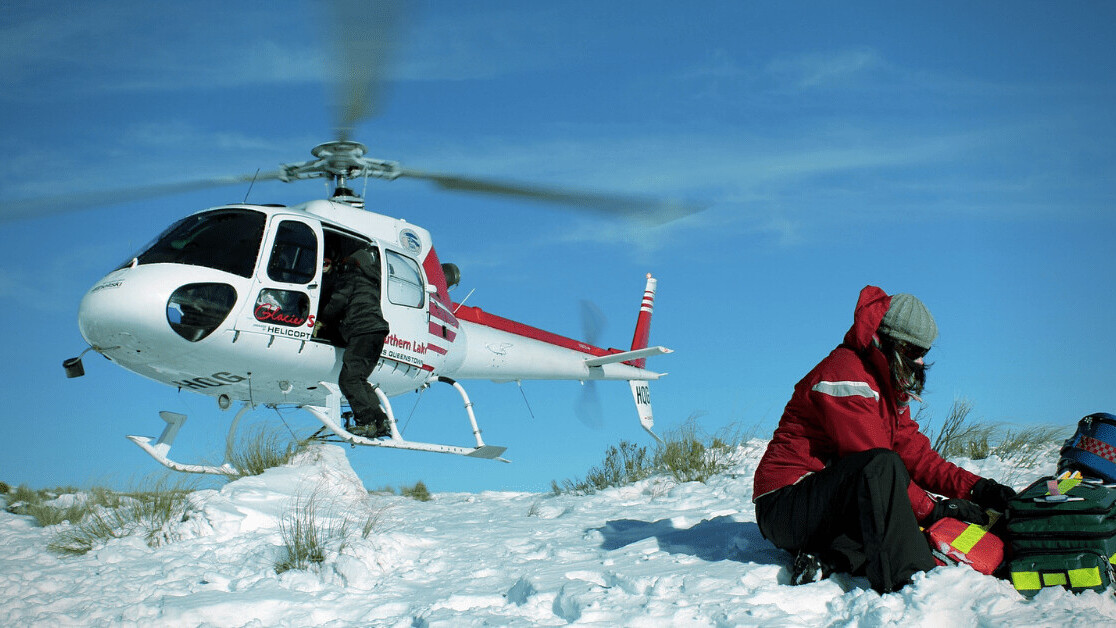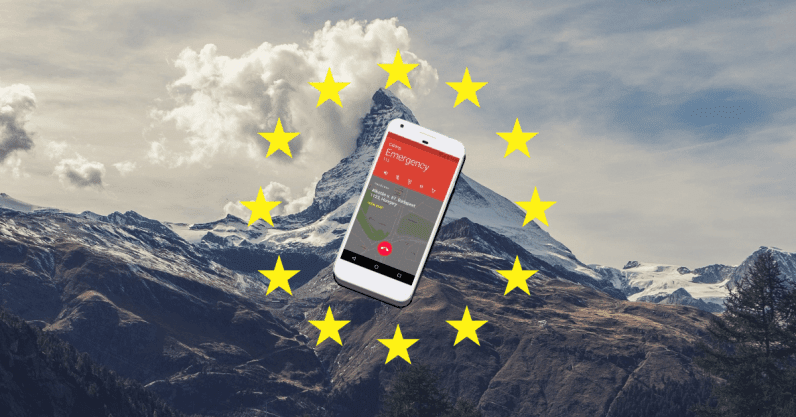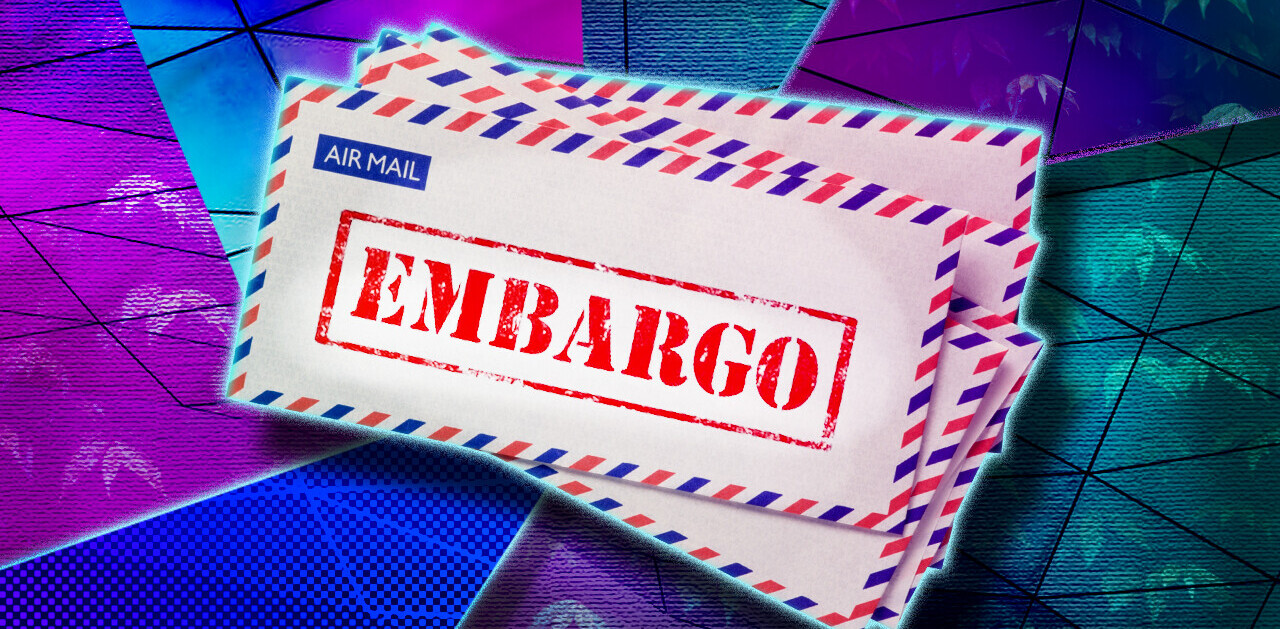
Tech companies have taken great steps in recent years to add emergency features to their products to save people’s lives. Apple and Samsung have introduced features like SOS signaling and fall detection to their wearables, along with a host of other tech companies working on various sensor-based automatic dialing to emergency services and sharing vital information.
This trend is bringing out the best in technology to not just improve our lives, but to actually save them. However, there’s one issue these life-saving features are facing: emergency services might not be aware of them or equipped to use them.
“New emergency features are intended to enhance emergency access and make people safer,” reads a new position paper from the European Emergency Number Association (EENA). “This would be applaudable if emergency services were able to receive this information. Sadly, the situation is not always so. Emergency services are often not informed of these new means of access; many even find out about them from the news. Consequently, emergency call centers are simply not ready to handle these communications.”
To fix this, emergency services from around the world are asking the tech community for more cooperation.
In April, an 80-year-old woman suffered a fall in her house in ?? while alone. Her watch not only detected the fall, but successfully alerted emergency services and her emergency contact to the scene, potentially saving her life.
But also… (1/7)
— EENA112 (@112_sos) December 2, 2019
Cooperation has been tricky to navigate for tech companies and emergency services in the past, but EENA will now establish a new framework to fix this issue. The signatories therefore ask all tech companies, big and small, to reach out to EENA to get the conversation going.
“Collaboration between tech companies and emergency services can only benefit citizens, which is why EENA calls for public safety organizations and companies to contact us and take part in this dialog,” Gary Machado, EENA’s executive director, told TNW.
“Tech companies sometimes are not aware of the reality of emergency services when developing safety-related features, which can lead to unintended consequences,” says Machado. “But then we have examples of collaboration like Advanced Mobile Location [AML], which is saving lives all over the world”
Robo-calls and gibberish translations
Björn Skoglund, one of the signatories and the Head of Crisis Management at SOS Alarm AB — the company in charge of the emergency number in Sweden — says there’s been a number of incidents where emergency features have caused problems because they were implemented unilaterally.
One incident had a third-party emergency app call Swedish emergency services with an automated message with coordinates. When the call taker called back there was no answer and since the name of the app — which was in English — was automatically translated into Swedish, there was no way of knowing who to reach out to to verify the information. Skoglund says that in the end the police were dispatched to the coordinates but there was no one in need of help there.
There’s also been problems over the past several years with a certain car manufacturer’s ‘eCall’ function, which Skoglund says emergency services were never informed about. The feature automatically calls emergency services after a collision to speed up emergency response.
The problem, however, is that the call’s message starts right away, no matter whether a call taker has answered or not, and is only repeated twice so emergency responders might miss vital information. “If the call taker answers this call after, for example, 20 seconds, they will only hear part of the message,” says Skoglund.
Skoglund says technology can greatly benefit emergency services, but they must be included in the process from the beginning to ensure people’s safety. “Development and implementation must be done in cooperation between tech companies and PSAPs [emergency call centers], otherwise new devices can lead to confusion for PSAPs and a false sense of safety for the public,” Skoglund explains.
Fortunately, cooperation is increasing.
AML: The proof that cooperation saves lives

So now when you make an emergency phone call in a country that supports AML, your phone automatically turns on all location services available to it and sends an SMS with your exact location to the emergency services — changing the accuracy of locationing from a 2 km radius down to just a few meters. And the importance of accurate locationing for emergency response can’t be stressed enough.
The emergency services that have implemented AML have seen great results, but adoption has been a bit slow due to the costs of implementation and bureaucratic processes. Fortunately new EU legislation has paved the way for AML by effectively making it mandatory for all its member states to employ it the next few years.
Just by looking at the case of AML it’s clear that better communication and cooperation between tech companies, emergency services, and governments increases the effectiveness of tech and makes us all safer.
Get the TNW newsletter
Get the most important tech news in your inbox each week.



